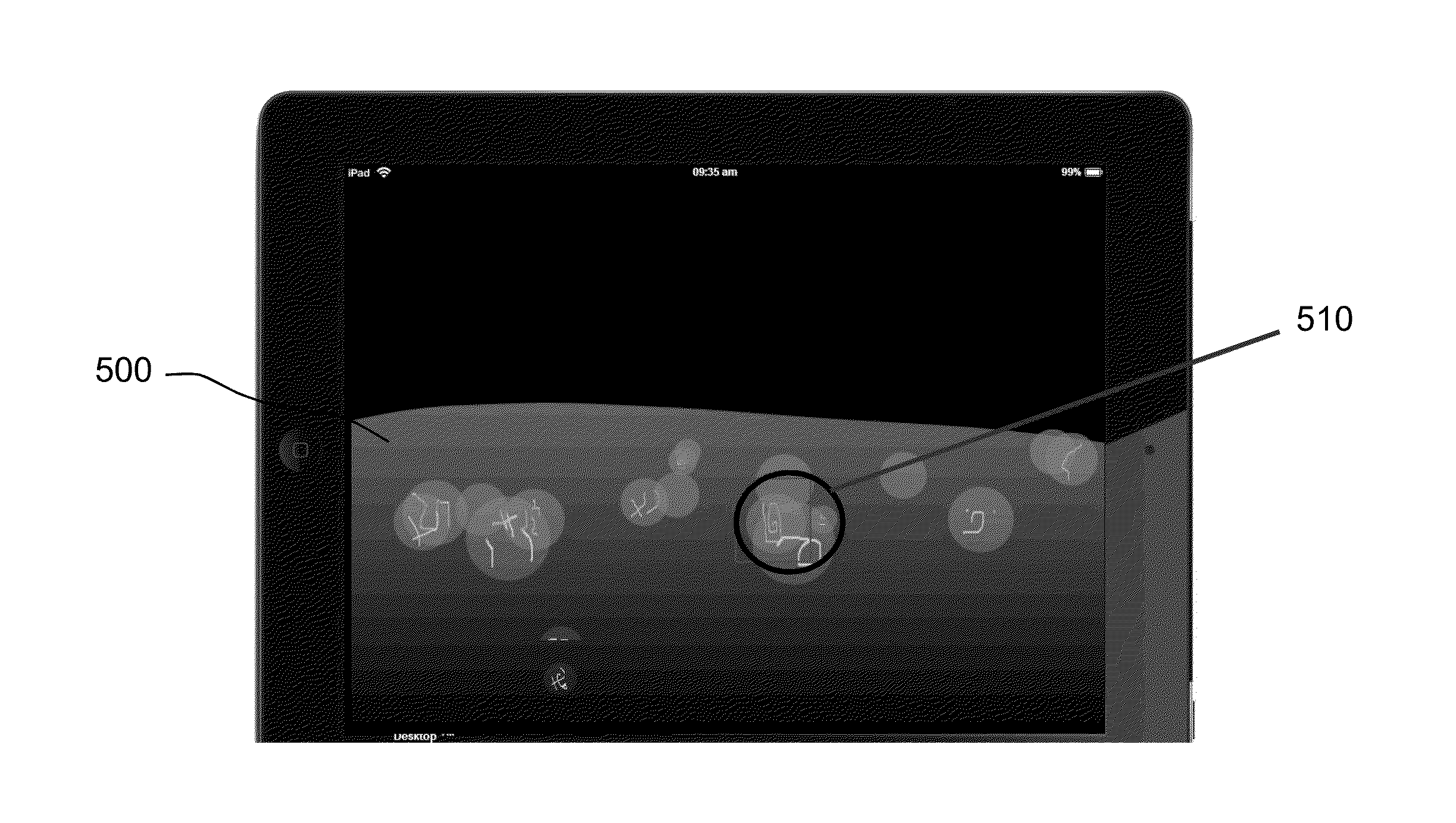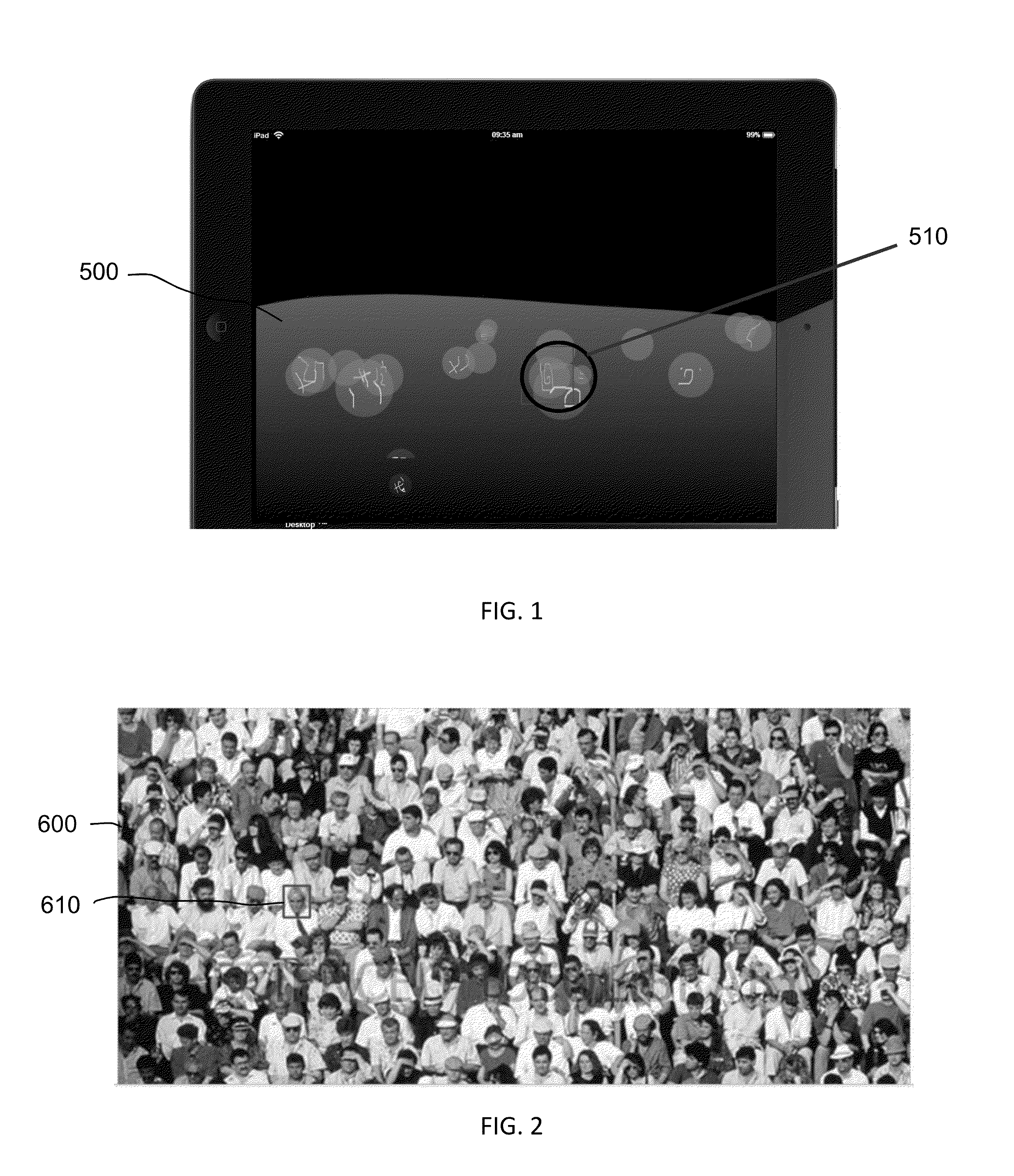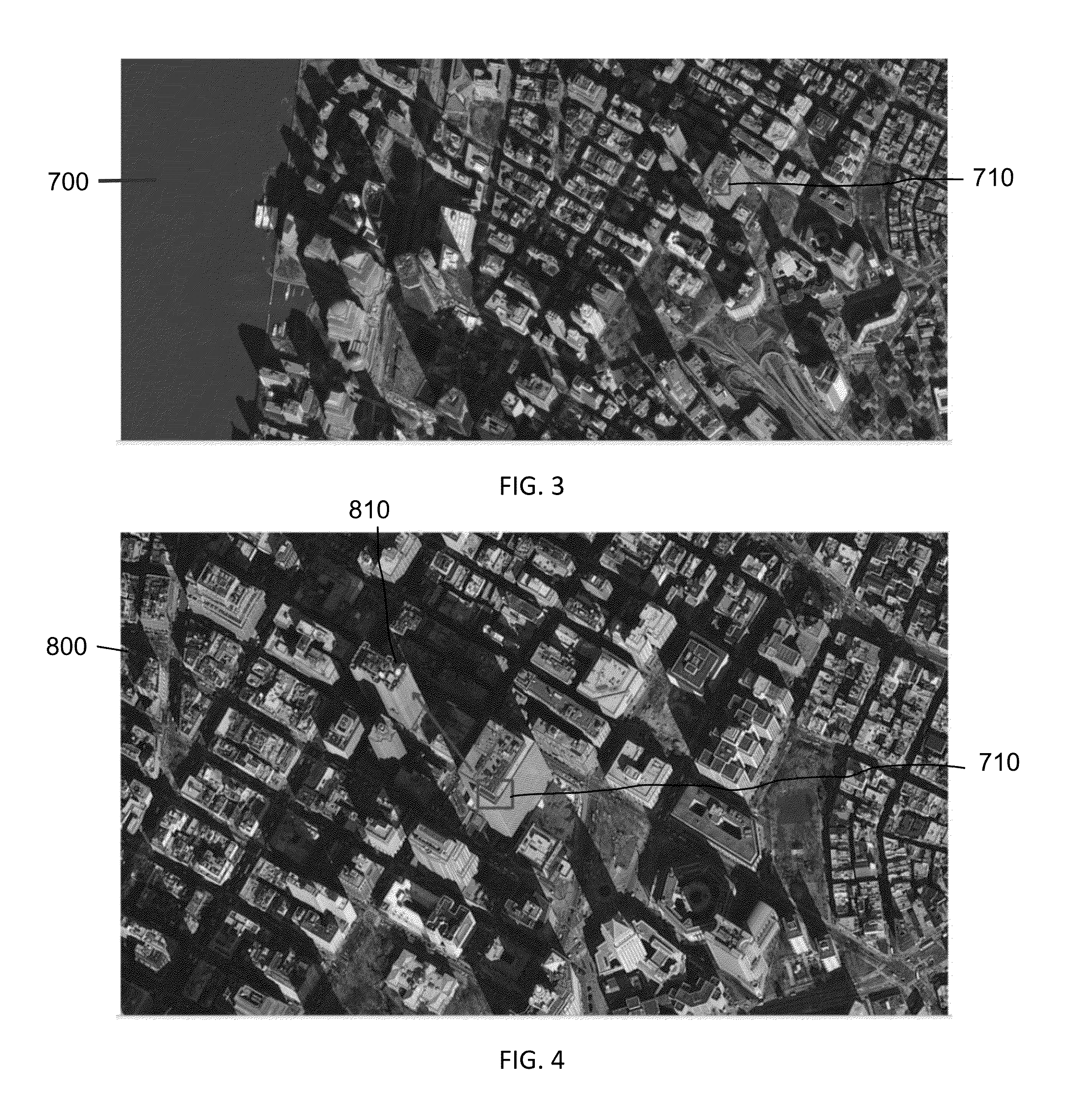User authentication systems for remote computers, internet applications and online services
a user authentication and remote computer technology, applied in the field of user authentication systems for remote computers, internet applications and online services, can solve the problems of new security challenges and new opportunities for criminals, use of alphanumeric passwords to access remote systems, and the use of alphanumeric passwords
- Summary
- Abstract
- Description
- Claims
- Application Information
AI Technical Summary
Benefits of technology
Problems solved by technology
Method used
Image
Examples
first embodiment
[0029]In the system, a user account is created that includes information that is used to verify the user's identity by the authentication provider. In addition to standard fields (name, email, address, phone, etc.) and application specific fields, the user must enter a glyph (a graphic symbol). This symbol may be entered via mouse, stylus, fingertip, or any other graphic interface. Alternately, the user may choose from a selection of glyphs already incorporated into the system. The selected glyph is the object that the user must then locate in a graphic login screen in order to authenticate himself to the system. In the example shown in FIG. 5, the user's glyph is a hand-drawn spiral.
[0030]When the user goes to the site of the remote system using the authentication system, the user first identifies himself to the system using his username, which may be an email address. The authentication system may optionally include a standard alphanumeric password as a first level of security.
[00...
second embodiment
[0038]In the invention, the user must select a “keyhole” or specific portion of an image in one or more graphics. For example, the “keyhole” could be a person's face in a group photo, a building in a city view, a specific object in a large photo. Instead of, or in addition to, creating a glyph during the account set-up process, the user marks a portion of one or more graphics as a “keyhole.” In one embodiment, the images are of sufficient size that the entire image cannot be viewed on screen, requiring the user to either pan the image to find the keyhole or to zoom in to select features.
[0039]For example, a user might create a series of keyholes designating a person, place and thing. On the first screen, the user would be presented with a photograph of people and would be required to select a specific person in the photograph. As shown in FIG. 2, the first image could be a group photo 600, where the user must select the face of the a specific person 610, as indicated by the square w...
third embodiment
[0043]In the invention, the user must establish a “rhythm” consisting of a series of taps, clicks, or swipes made on a given location or locations of a screen in a specific and repeatable cadence. For example, the “rhythm” could be a simple series of taps on the screen of a mobile device, in a musical beat or in such a cadence as to be familiar to and known only by the user. In one embodiment, the screen presented is black or contains only a single dot on the screen, with no other visual imagery or sounds to provide clues as to what rhythm is being tapped by the user, such that any person or any camera attempting to “shoulder-surf” the rhythmic password would be unable to ascertain the cadence visually or audibly. In this case, the rhythm would be the identification information stored in the secure server 250 and the authentication system would use musical pattern recognition as known in the art.
[0044]In another embodiment shown in FIG. 8, the authentication system is integrated wit...
PUM
 Login to View More
Login to View More Abstract
Description
Claims
Application Information
 Login to View More
Login to View More - R&D
- Intellectual Property
- Life Sciences
- Materials
- Tech Scout
- Unparalleled Data Quality
- Higher Quality Content
- 60% Fewer Hallucinations
Browse by: Latest US Patents, China's latest patents, Technical Efficacy Thesaurus, Application Domain, Technology Topic, Popular Technical Reports.
© 2025 PatSnap. All rights reserved.Legal|Privacy policy|Modern Slavery Act Transparency Statement|Sitemap|About US| Contact US: help@patsnap.com



